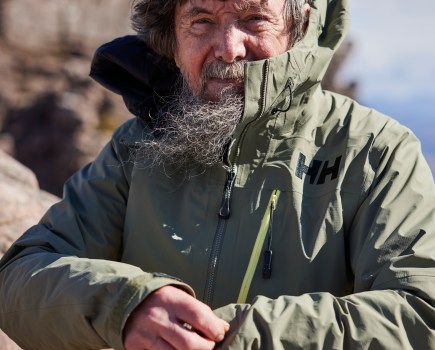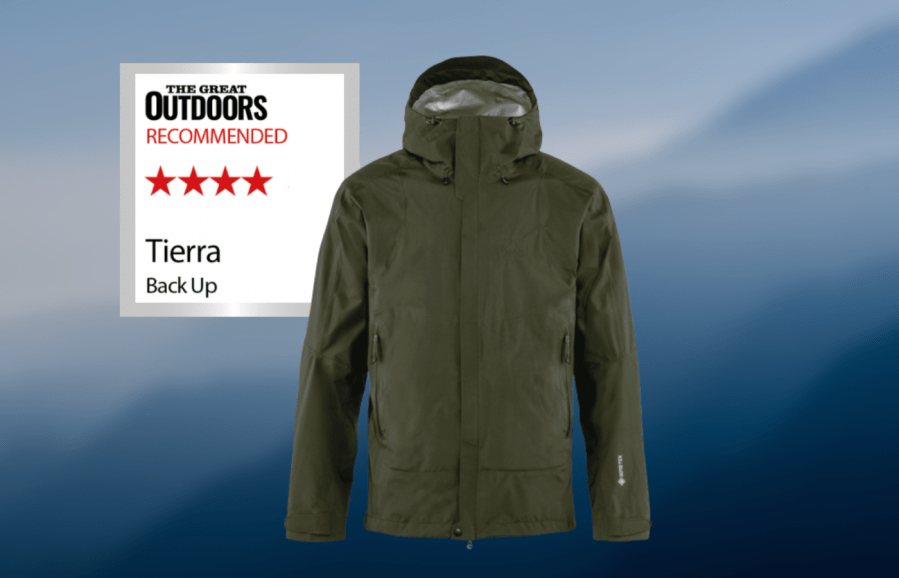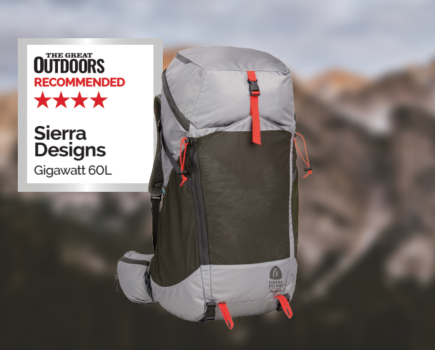Chris Townsend finds the Tierra Back Up waterproof jacket functional and adjustable.
The Tierra Back Up Jacket from Swedish company Tierra features in our guide to the best waterproof jackets. The Back Up is lightweight and comfortable, and is a fine waterproof jacket for three-season use. The soft polyester fabric isn’t sturdy enough for winter conditions, but this jacket isn’t designed for that. The Gore-Tex Paclite fabric has good breathability and a 28,000mm hydrostatic head, so the waterproofness should last.
The design is functional. Unusually for a modern jacket, there’s a flap over the front (non-waterproof) zip. This fastens with a stud at the bottom and two Velcro tabs at the top. Whilst I’ve had no leakage, a couple more tabs along the length of the flap would provide greater security.
The Tierra Back Up hood fits well and has external front drawcords and cordlocks, which makes it easy to adjust. It’s not helmet-compatible, so there isn’t masses of material to cinch down when you’re not wearing one. The peak is small and not very stiff. The pockets are roomy. They are cut off when wearing a rucksack hipbelt but the top of them can still be used. There are no chest or inner pockets.
The Tierra Back Up has side zips for ventilation even though the fabric has high breathability. These don’t curve under the armpits and are easy to use. One extra feature that will be useful in the summer months is a stuffsack that doubles as a midge net! The Back Up is well-priced and a good choice if you’re not looking for a jacket for winter storms.
Compare the Tierra Back Up to other waterproof jackets in our guide to the best waterproof jackets for hiking.
Read more: How to look after your waterproof jacket

Written and tested by Chris Townsend
Chris wore the jackets on low- and high-level walks in the Cairngorms and Monadhliath hills in autumn and winter, often in rain and sometimes in blizzards. He describes himself as 5ft 8in tall with a stocky build and short legs.
This review was first published in the Spring 2023 issue of The Great Outdoors.








